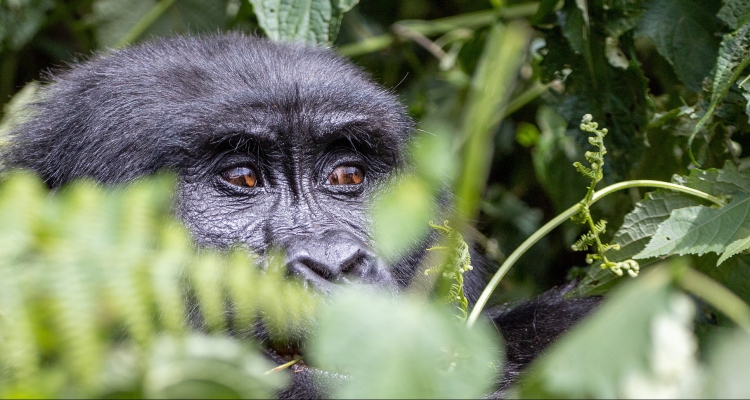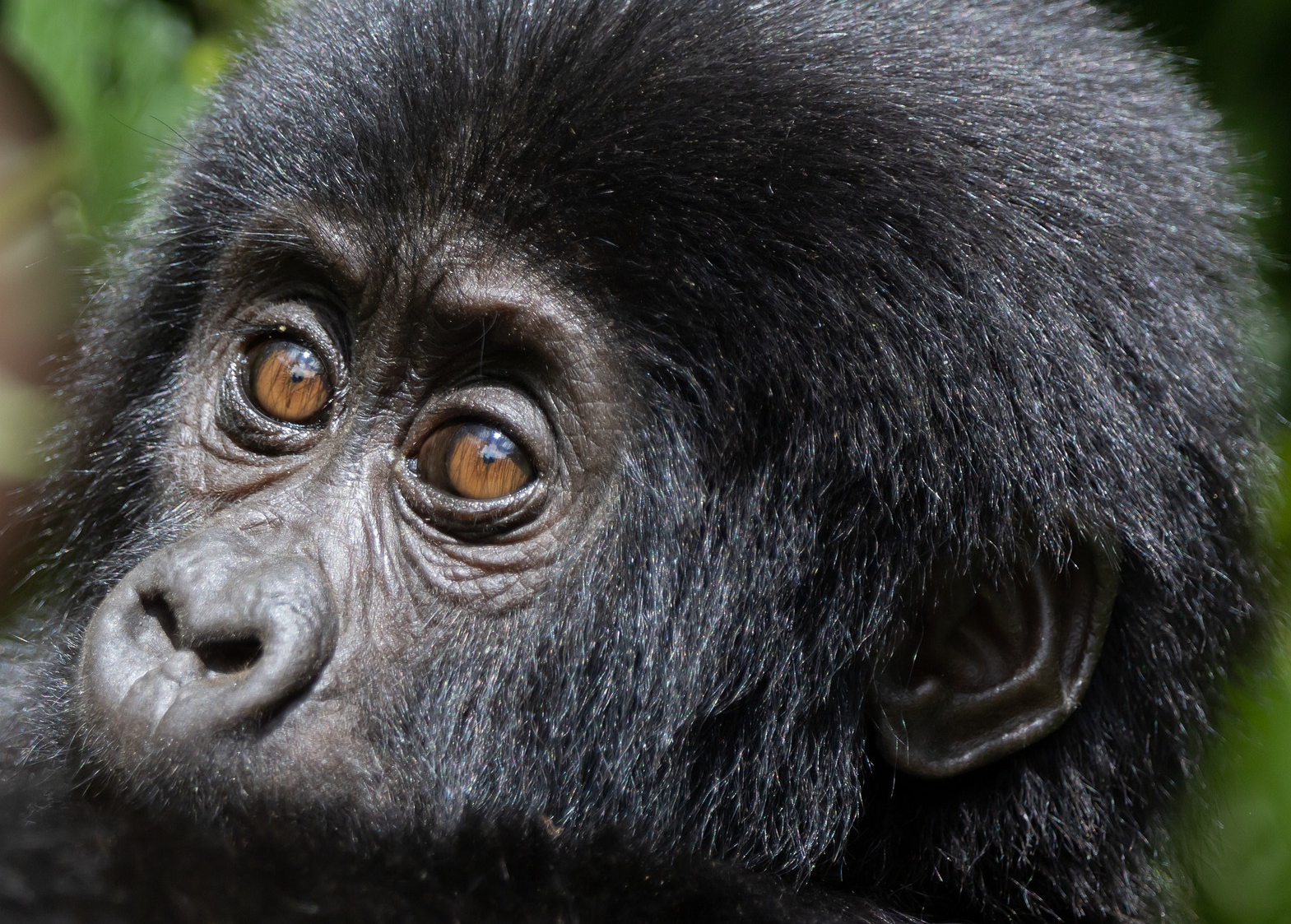Guide to Planning a Gorilla Trekking Safari in Rwanda: Everything you need to know.
A gorilla trekking safari experience in Rwanda is a journey into the center of a breathtaking, misty rainforest to witness one of the world’s most magnificent and then endangered species: the mountain gorilla. Gorilla trekking safari experience with Nyumbu Beyond journeys takes place in Volcanoes National Park, this is a once in a lifetime encounter that offers a natural connection with nature and an opportunity to support important conservation plan. However a successful and then enjoyable safari requires careful planning. This guide provides a perfect overviews of everything you need to know, from booking gorilla trekking permits and choosing the best time to visit to what to expect on the day of your gorilla trek.

The main objective of your safari is securing a gorilla trekking permit. In Rwanda, these are highly sought-after and limited in number, with only 80 permits available each day to protect the gorillas from being in the presence of the tourists. A permit costs 1500 USD per person per trek for the foreign non-foreign residents, and this fee is a significant contribution to conservation, research and then community development. Given the high demand, especially during the peak or the high season, it is absolutely essential to book your gorilla trekking permit at least 4 to 6 months in advance. You can either book through a reputable tour operator like Nyumbu Beyond Journeys, who will handle everything for your, or as well you can either book your gorilla trekking permit through the Rwanda Development Board (RDB). While booking on your own might seem like a way to save, Nyumbu Beyond journeys often provides you with the valuable local knowledge, arranges your transport and then handles your accommodation and meals and many other additional safaris that makes the process much easier.
On a Rwanda safari, the best time to plan your gorilla trekking safari is during the dry season or the peak season, which takes place from June to September and then from December to February. During these months, that’s when the trails in Volcanoes National Park are less muddy and then slippery, and thus making the hike more manageable and enjoyable. While gorilla trekking safari is possible all the year round, the wet season that takes place from (March to May and then October to November) are known for the heavy rainfall, which can make the trek challenging. The rainforest climate is unpredictable, and then rain can fall at any time, but the drier months offer the highest chance of clear skies, and then better chances for taking pictures. If you’re a budget-conscious traveler, the rainy season may offer lower prices on accommodation and a higher chance of last-minute permit availability.
Your journey will begin early in the morning at the park headquarters in Kinigi during gorilla trekking, so it’s best to stay in a lodge or hotel close to the park entrance. You will arrive at around 7:00am for a briefing from the park rangers. This is where you will be assigned to one of the ten habituated gorilla families, with groups of up to 8 trekkers per family. The allocation is based on a number of factors, including your fitness level, as some gorilla families are easier to reach than others. The Sabyinyo group for instance, is known for being one of the easiest to track, while the Karisimbi group often requires almost all-day hike to reach its high-altitude location. The briefing will cover the rules and regulations for your safari experience, which are crucial for the safety of both the gorillas and the visitors.
Once the briefing is over, your adventure truly begins, Accompanied by experienced guides and armed park rangers, you will start your trek into the dense forest. The hike can be physically demanding, with steep, muddy and uneven terrain. The duration of the trek varies greatly, ranging from one hour to nine hours, depending on where you are assigned a gorilla family has moved to that day. It’s a good idea to hire a porter at the park headquarters. Porters’ often former poachers, are local community members who carry your bags and help to move with you in difficult parts of the trail. Hiring a porter not only makes your trek easier but also provides a sustainable income for the local community, promoting conservation.

Once you find the gorilla family, the moment you see them a massive silverback, the young gorillas, and protective mothers is truly an unforgettable safari experience. You are allowed to spend one hour with the gorillas. During this time, you must follow the rules, maintain a distance of at least 7 metres, avoid sudden movements or loud noises, and never use flash cameras.
The gorillas are habituated, meaning they are used to human presence and will continue with their daily activities like feeding, playing, breastfeeding, resting and others. It is an incredible opportunity to observe their human-like behaviours and others. After your hour is done, you will quietly leave the gorillas and make then return trek to the headquarters, forever changed by the encounter.

